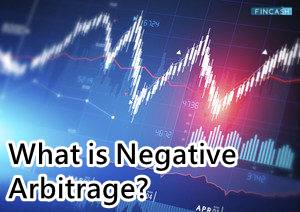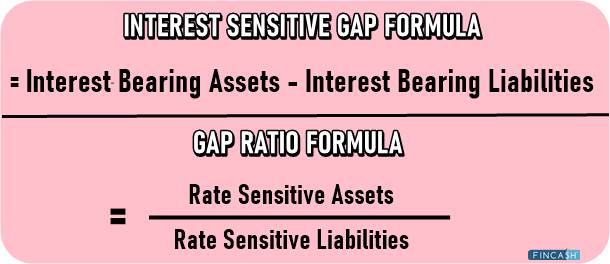Negative Amortization
When the borrower is unable to pay the interest due on the debts, the principal balance of this debt increases automatically. For example, if you are supposed to pay an interest of INR 300 on the mortgage you had borrowed for your home and you pay only INR 200, then the remaining of IINR 100 that’s due on your interest will be added to the loan balance. Usually, the principal amount of your loan keeps reducing as you make monthly repayments.

Negative Amortization meaning refers to the phenomenon that increases your loan balance because of the failure to pay the due interest on the loan. In some types of loans, the borrower gets to decide the total interest amount they can pay every month on the due loan. If they Fail to meet these interest payment requirements, then this due amount will be added to the principal loan.
Breaking Down the Negative Amortization
For instance, take Graduated Payment Mortgage. The lender charges only a small portion of the interest on the first few payments. Now that you pay only the partial interest on the loan, the remaining balance will be charged later. That’s when the negative amortization takes place. Later, the lender will charge full interest on each payment including the balance amount from the due interest. Now that you pay full interest on the loan, the principal balance will reduce quickly.
While negative amortization offers flexible payment options to the borrowers, it can turn out to be an expensive payment method in the long run. Take, ARM (adjustable rate mortgages), for example. It enables the borrower to put off the interest payment for years. It can seem to be a flexible option in the beginning since the borrower has to pay only a small amount every month. However, you might experience payment shocks in the future when the interest will spike. The lender will ask you to pay full interest, which can prove costly. In such a case, the total interest amount you pay on the debts will be extremely high.
Talk to our investment specialist
Example of Negative Amortization
Suppose you have applied for a Home Loan. You decide to keep the monthly loan payments as low as possible (at least for the first few months). You choose adjustable-rate mortgages just so you don’t have to pay a high interest at the beginning. Let’s say that you took the loan when the interest rates were considerably low. Despite using negative amortization, your monthly payments eat into a major portion of your monthly Income.
While you may save some bucks in the short-term by paying a small portion of the interest, the ARM will expose you to a bigger risk. What if the interest rate spikes in the future? This will make it super challenging for you to afford the loan repayments. Additionally, you will have a large principal balance of the loan due to delayed interest payment. If you had paid the actual interest you owed on time, you wouldn’t have to bear these expenses.
All efforts have been made to ensure the information provided here is accurate. However, no guarantees are made regarding correctness of data. Please verify with scheme information document before making any investment.












